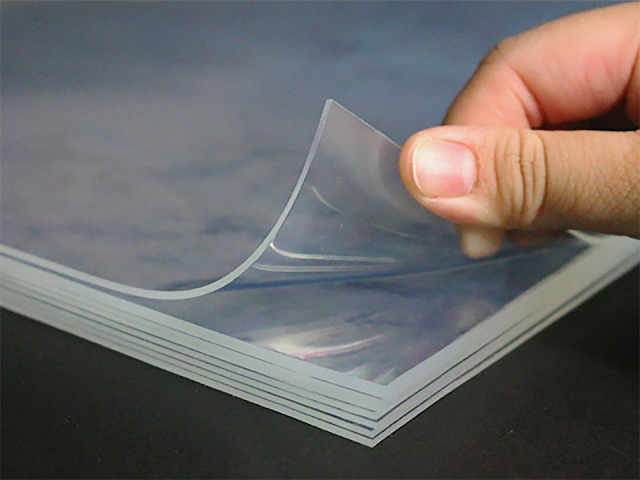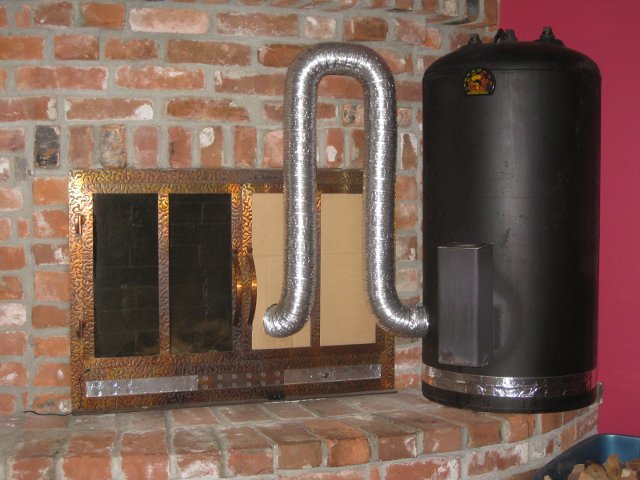The integration of augmented reality (AR) technology into the workplace is reshaping the dynamics of smart offices. Augmented reality, with its ability to overlay digital information onto the physical world, is revolutionizing how employees interact with their surroundings, collaborate with colleagues, and perform daily tasks. In this blog post, we’ll explore the diverse applications of augmented reality in the workplace and how it is enhancing productivity and collaboration.
1. AR-enhanced Collaboration and Communication
a. Virtual Meetings and Conferencing: Augmented reality enables immersive virtual meetings where participants can appear as holograms, fostering a more engaging and lifelike collaboration experience. This is particularly beneficial for remote teams.
b. Interactive Presentations: AR can enhance presentations by overlaying additional information, 3D models, or multimedia elements onto physical objects. This creates a more dynamic and engaging presentation environment.
c. Remote Assistance: AR allows experts to provide real-time guidance and support to field workers or colleagues in different locations. By overlaying instructions onto the physical workspace, AR facilitates efficient problem-solving and troubleshooting.

2. AR in Training and Onboarding
a. Interactive Training Modules: Augmented reality provides a hands-on training experience by overlaying digital instructions or simulations onto real-world objects. This is particularly valuable for industries with complex equipment or processes.
b. Onboarding Enhancements: New employees can use AR to familiarize themselves with the office layout, locate key facilities, and access information about colleagues. This accelerates the onboarding process and helps employees feel more connected to their workplace.
3. Enhanced Maintenance and Repairs
a. AR-guided Repairs: Technicians can use AR to access step-by-step repair instructions overlaid onto physical equipment. This minimizes errors and accelerates the maintenance process by providing visual guidance.
b. Equipment Diagnostics: AR can be employed to visualize real-time data from connected devices or machinery, allowing maintenance personnel to monitor performance, identify issues, and make informed decisions.
4. AR for Workplace Navigation
a. Indoor Navigation: AR apps can guide employees through office spaces, providing real-time navigation and information about points of interest. This is particularly useful in large corporate campuses or multi-building offices.
b. Interactive Wayfinding: AR wayfinding features can overlay directional arrows and labels onto the physical environment, making it easier for employees and visitors to navigate complex office layouts.
5. AR-enhanced Design and Creativity
a. Architectural Visualization: In fields like architecture and interior design, AR can be used to visualize and overlay proposed designs onto physical spaces. This enables stakeholders to experience and evaluate designs in real time.
b. Product Prototyping: Designers and engineers can use AR to visualize and interact with 3D prototypes overlaid onto physical objects. This accelerates the design iteration process and enhances collaboration.
6. Challenges and Considerations
a. Integration with Existing Systems: Implementing AR in the workplace may require integration with existing software and hardware systems. Ensuring compatibility and a smooth transition is essential.
b. Privacy and Security: AR applications may involve the capture and processing of sensitive information. Organizations must implement robust privacy and security measures to protect data and ensure compliance with regulations.
Conclusion
Augmented reality is transforming smart office Singapore by introducing innovative ways to collaborate, communicate, and interact with the physical workspace. As technology continues to advance, businesses that embrace AR in the workplace are likely to see increased efficiency, improved collaboration, and a more dynamic work environment. Augmented reality is not just a tool for the future; it’s a transformative force shaping the present-day workplace experience.





